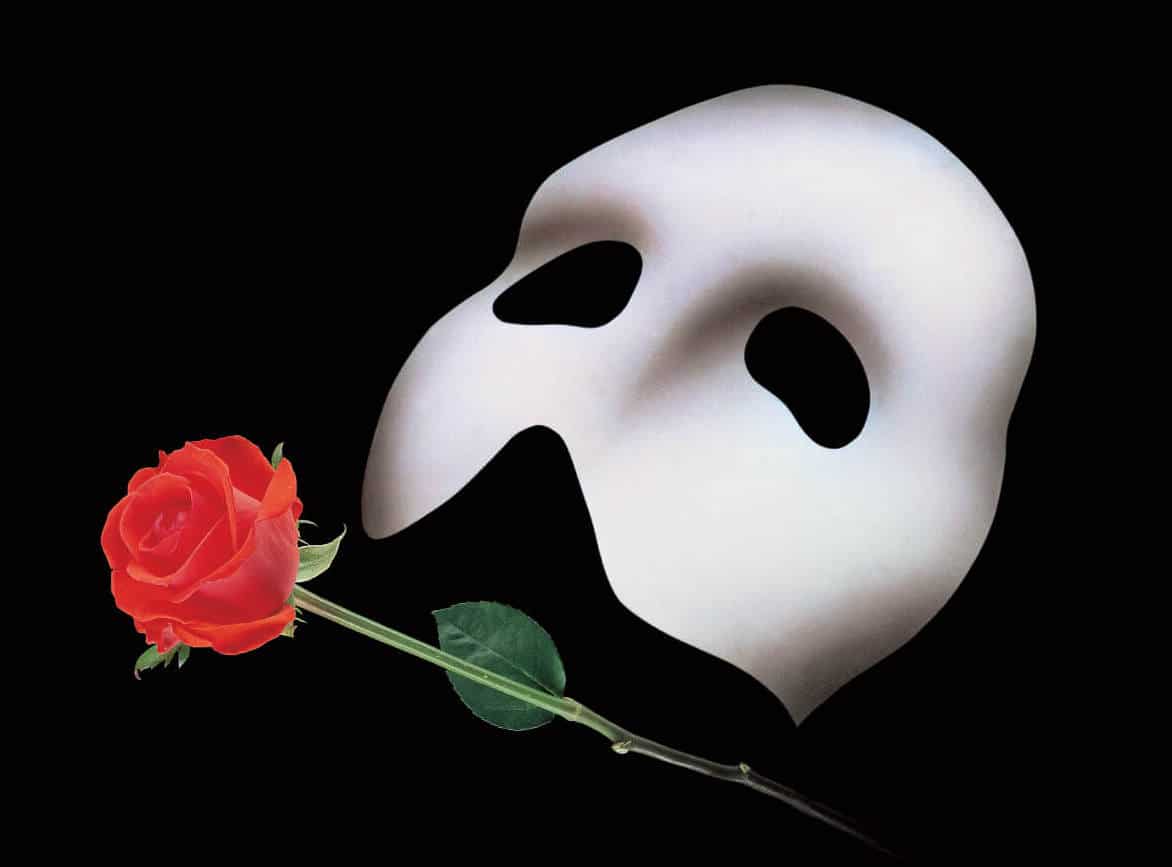The Phantom of the Opera by Gaston Leroux (originally published Le fantome de l’Opera)has been said to be based upon the myth of the 1841 production of Le Freischütz, which used real skeletons in the show, however, these claims however were unfounded and so the sub-genre of European Gothic was born.The story and the movie versions of The Phantom of The Opera both rely on the architecture of the opera house, particularly the underground lake. The lake lay in the darkness of the fifth basement. While in real life it would provide the leverage needed to operate the hydrolic stage machinery, in the novel it was the road that lead to The Phantom’s den.
The setting in The Phantom of the Opera is in Palais Garnier, the Paris opera house, which has a total of seventeen floors, seven of these are below-ground.
In the book it is interesting to see to what detail she describes the area in which The Phantom (known in the book as Eric) lives:
‘Demonic shapes stood in front of dark figures and taken fright. Dominic shapes stood in front of furnaces, wielding shovels and pitchforks, stoking up the fires and stiring up the flames; when you drew close, they threatened you by suddenly opening the red mouths of their fiery ovens… He took up the oars and rowed with relentless determination. His eyes, under the mask, never left me and I felt the weight of his still gaze upon me. The waters all around us were silent. We glided along in the pale blue light, and then we were plunged into utter darkness again.’ (Page 137-138, The Phantom of The Opera, Penguin Classics)
It is important to keep in mind that, while in the movie it is an underground lair where The Phantom lives and in the book it is a house that is built within the outer walls of the opera house.
While in the book Christine talks to Raoul about being drugged and carried down to The Phantom by a white horse he stole from the stables called César, in the movie I feel it shows a few more traits of a Gothic tale. For example even though Christine is not drugged, she could be seen to be put under a trance by the charisma of The Phantom as he leads her through the mirror and down to his lair.
One of the most famous scenes in the story is when the chandelier is broken which was inspiredby true events. As reported in Paris newspapers dated 16 May, 1896, at 8:57pm during a performance of Helle’, two counterweights weighing 360kg each dropped from the chandelier, killing one and injuring others. Gaston Leroux, used this as event and weaved it into The Phantom’s narrative as follows:
‘They looked up as one to the ceiling and let out a terrible cry. The chandelier, the enormous mass of the chandelier, was moving, slipping downwards in response to that fiendish voice. Unhooked, it plummeted down from the very top of the house, crashing into the middle of the stalls, amidst a thousand screams. Terror struck, followed by a general stampede… The chandelier had crashed upon the head of a poor woman who had come to the Opera that evening for the very first time in her life, and had killed her instantly.’
(Page 92, The Phantom of The Opera – Penguin Classics)
In the stage production of The Phantom of the Opera when this happens, the audience suddenly becomes part of the production, as the chandelier falls descending over the audience and crashing onto the stage.
In the movie the falling of the chandelier coincides with the unmasking of The Phantom, which is at a different place in the book. In the movie, the falling of the chandelier is a direct cause of The Phantom cutting the rope as he kidnaps Christine.
Whether it be the novel, stage show or movie, The Phantom of The Opera, manages to draw the reader/viewer into the Gothic world of 19th century Paris, creating a story with dramatic and violent action and, above all, a story about love.

Leave a Reply